
|
Feedback Form
| Introduction | Design | Ideas | Design & Control |
Project Suggestions |
| Design Process | Design Brief | Evaluation | The Design | Design Review |
| Page 1 | Page 2 | Page 3 | Page 4 | Page 5 |
Fastening
Most fastening techniques used with the Roamer need to be quick, simple and temporary. The following section illustrates several of these and include a few of a more permanent nature.
The Suction Pad
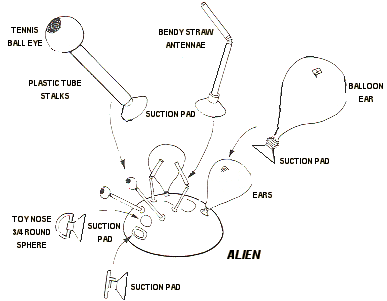
Tube Brackets
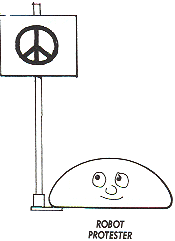 |
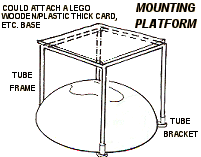 |
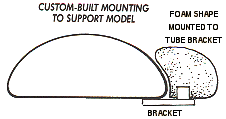 |
The Widget
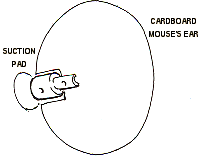  |
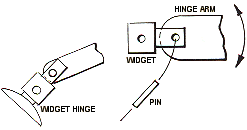 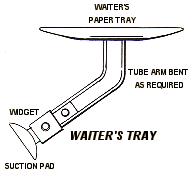 |
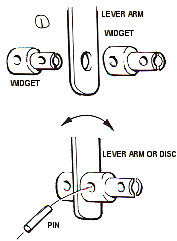 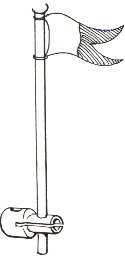 |
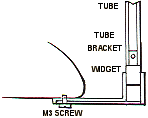  |
Fixing to Jackets
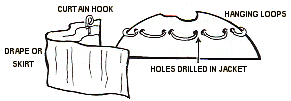 |
|
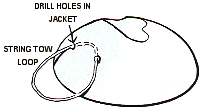 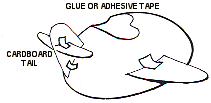 |
 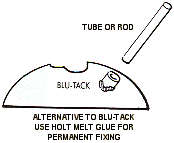 |
Fixing to a Roamer Hat
Using the fabric Roamer Hat provides an opportunity to use all the conventional techniques for fastening and joining fabric such as seaming, hemming etc.
  |
 
|
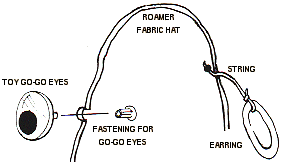
|
|
Adhesives
|
|
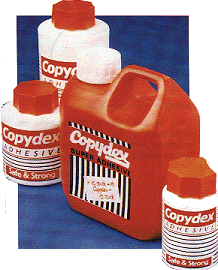 |
Adhesives can prove to be a simple and effective fastening technique. They can also provide good structural joints. However, care must be taken. Adhesives should not be used directly on the Roamer - they can mar the plastic. The Roamer Jackets are semi-disposable and, in most cases, the damage can be tolerated. In fact, if the aim is to make a permanent Roamer character on a Jacket, use of adhesives has much to offer.
SUPER GLUE: Available from DIY stores. They are very quick to
harden. New gel versions are easier to use than earlier liquid types.
Materials: Metal to metal and other materials like plastic. Plastic
to plastic, fabric to fabric and plastics. Can be used to stick rubber
to rubber.
PASTES AND GUMS: These include the traditional glues used in the
classroom for paper and craft materials. They are available in dispensers
like Pritt Stick, Glue Pens etc. Some need to be mixed with water.
Materials: Paper to paper or card. Card to card. Can be used with
varying success in sticking card/paper to materials like wood, cloth,
cork, etc.
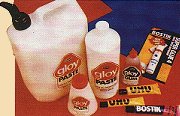 SPRAY
MOUNT: These products are used by professional graphic designers to
'paste' photographs and drawings on paper backgrounds. These products
should be used with particular caution and under close supervision by
the teacher.
SPRAY
MOUNT: These products are used by professional graphic designers to
'paste' photographs and drawings on paper backgrounds. These products
should be used with particular caution and under close supervision by
the teacher.
Materials: Same as paste and gums.
CONTACT ADHESIVES: These adhesives are normally used for sticking
sheets of material or flat surfaces together. They are particularly useful
for bonding together different materials. Sometimes called 'Impact Adhesives',
proprietary brands include EVO-STIK.
Materials: A wide range of dissimilar materials, e.g: Leather to
leather, wood to wood or leather, plastics to each other and to leather,
cloth, wood, cardboard or paper. Cardboard to cardboard.
CEMENTS: This range of adhesives includes the various types of
Tensol. They are solvent based and joints are made by chemical action
cementing the two plastics together. They work on thermoplastics but not
all thermoplastics.
Materials: Example materials include perspex to perspex (i.e. acrylic
to acrylic), PVC to PVC and polystyrene to polystyrene.
WOOD GLUES: These include a range of traditional animal-based glues like scotch glue. Although this glue makes very strong joints, it is messy and using it is time consuming. PVA (Polyvinyl Acetate) glue is also useful for wood. There is a range of balsa wood cements commercially available from craft and model-making shops.
EPOXY RESIN: This adhesive is available from most DIY stores and
hardware stores. It comes in two parts: the adhesive and a catalyst (hardener).
Materials: It can stick almost anything to anything. Wood to wood,
metal to metal and plastic to plastic. The glue can also be used to stick
dissimilar materials together like wood to metal etc.
HOT MELTS: This type of glue requires a special application gun.
This is relatively inexpensive and available from hardware, DIY stores
and other stores. Hot melts are easy to use and have proved very effective
in making strong joints to Roamer Jackets.
Materials: A whole range of dissimilar materials including metals,
wood, some plastics, cardboard, paper, leather, textiles, ceramics, etc.
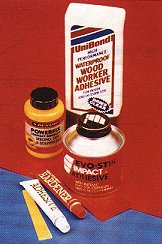
Sticky Tape and Pads
Adhesive tape and sticky pads are available from stationers, under a variety of trade names. If the adhesive is too strong it may leave marks on the Roamer surface. You could use the inside of the battery cover to check this first.
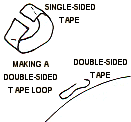 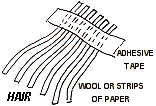 |
 |
 |
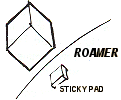 |
M3 Screws
Fitted to the ubderside of Roamer are 8 brass bushes suitable for use with the M3 x 12mm long screws.
 |
  |
 |
 |
Blu-Tack
Blu-Tack is simple and quick to use, effective and can be used without affecting the Roamer surface.
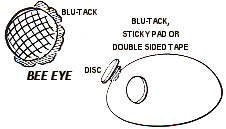 
 |
   |
Purpose-made Brackets
A wide variety of brackets can be designed and built to fit onto the Roamer. The M3 screw holes, the Jackets or the Tube, or Mounting Brackets available from Valiant can be used to support them.
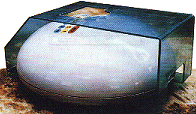 Acrylic(perspex) bracket forming a mounting bridge. |
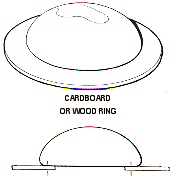 |
Mounting Brackets
Fix to Roamer with M3 screws.
 |
 |
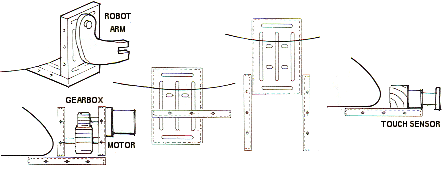 |
 |
 |
 |
| Back to top |
|---|